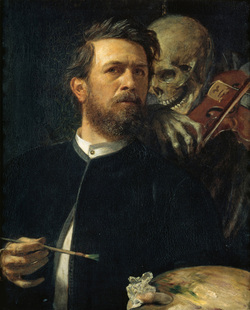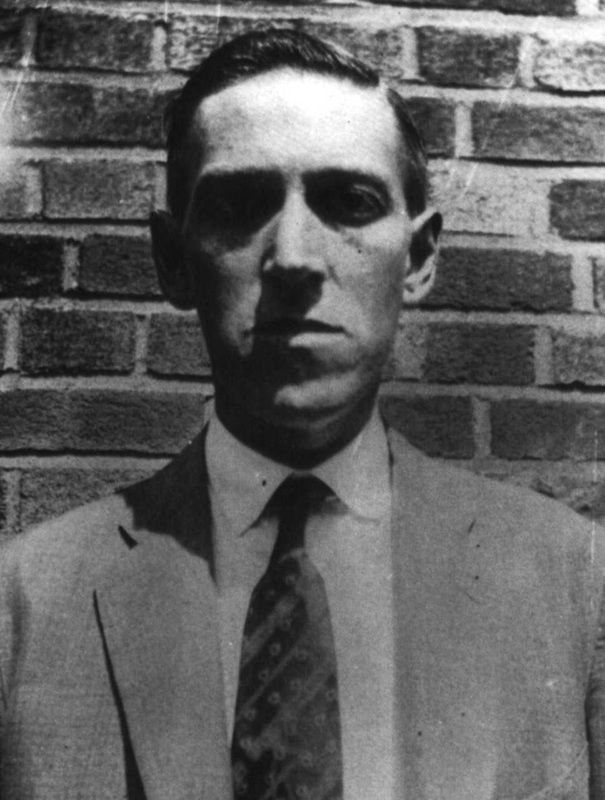|
The good people at Disinformation have posted an excerpt of Reclaiming Art. The passage is from the last chapter of the book, "Postmortem," in which I try to imagine my way to the weird core of our hyper-aesthetic digital paradise. Read it here.
0 Comments
Independent researcher, multidisciplinary artist, and friend David Metcalfe is a spinner of many plates. One of these is The Message, an ongoing music project described on its bandcamp site as "experiments in the phenomena of sound." David's most recent experiment is a set of two compositions directly inspired by Reclaiming Art in the Artifice. The music is an attempt to translate into sound some of the book's central ideas. For me, the result is eerily effective; listening to it, I have the impression of contemplating a kind of sonar topography of a conceptual landscape. Last night, David and I were talking about the great collaborations and transliterations that characterized surrealism and other artistic and philosophical movements of the early twentieth century. We wondered whether such a thing could happen again and realized that ultimately that was partly up to us. So here's some of that. You can download the album at The Message site. While you're there, check out some of the other works on offer from David Metcalfe. These are powerful soundscapes intended to deepen contemplation and help reconnect the monkey-mind with the marvellous and the unspeakable.  Arnold Brocklin, "Self-Portrait with Death Playing the Fiddle" (1872) Arnold Brocklin, "Self-Portrait with Death Playing the Fiddle" (1872) While the form and existence of art are cultural, the content and essence of art belong to nature. Of course, ultimately all of culture is part of nature, the line between the two being an illusion. Yet for better or for worse, we humans don’t see it that way—we never have. We perceive a separation between ourselves and our works on the one hand, and the rest of the universe on the other. This illusion is important if only by virtue of its (practical) indissolubility. There is a sense in which art is a cultural contrivance and a sense in which art is a natural phenomenon. Art is a contrivance so far as we limit our conception of it to the things and activities the culture labels as artistic. While painting makes a legitimate claim to being an art form inasmuch as painting has in the past resulted in genuine works of art, in truth there are many instances of painting (painting a living room, painting nails, painting a Coca-Cola logo on the side of a building) that have nothing to do with art. It isn’t enough to put a paintbrush to a canvas to produce a work of art, and it isn’t enough to write a novel to produce a work of art. This suggests that there are things in the world that are called art which in fact are not, and things that are not called art which in fact are exactly that. Art is a natural phenomenon in that it is the expression of non-human forces in the human world. Concretely, it inheres in the creation of symbols, that is, crystallizations of psychic energy emerging from the imaginal depths of Nature. Symbols are signs, but signs pointing us to the unknown, perhaps unknowable aspects of reality. They call us to the dark expanses that extend infinitely on every side of the small castellated island that is the human world. If no interpretation of a symbol is ever complete, it is because a symbol’s potential meanings are never exhausted. In fact symbols don't “mean” anything at all. Rather, they provoke the spontaneous creation of meaning in us. Only art can express the symbolic, and symbols don’t occur outside of art. One possible definition of art is: any activity by which symbols are brought into the world. The moment a symbol is extracted from its originating aesthetic substance in order to be “explained,” it becomes an ordinary sign. The work of art that is interpreted without regard for the ineffable power of the symbols it contains turns into an allegory—that is, a cultural artifact rather than a natural force. It thereby loses its connection with the depths. “The symbol is a concrete cosmic force,” Gilles Deleuze wrote. “It is a dynamic process that enlarges, deepens, and expands sensible consciousness; it is an ever increasing becoming-conscious, as opposed to the closing of the moral consciousness upon a fixed allegorical idea.” (1) Met on its own ground, the work of art as vector of symbols is an inexhaustible producer of meaning. Invariably, the work reveals more than its creator ever intended and more than any interpreter can fathom. The artist doesn’t inject meaning into the work of art any more than the interpreter extracts meaning from it. Rather, the work of art by its nature asks us to create its meaning(s), and there are worse definitions of culture than “the act of creating meaning.” Barthes’s “Death of the Author” argued that the intentions, passions, and ideas of the creator of an artwork were irrelevant to that work’s interpretation. This goes too far and not far enough. It isn’t that the author is irrelevant. Rather, the author is part of the work. The author exists as author only insofar as she is “in” the work. It is the work that makes the artist, not the other way around. Whatever we know of an author’s intentions and beliefs is important, but only because these intentions and beliefs formed the soil in which the work grew: the work contains and transcends them. That said, where we know nothing about the creator of an artwork, interpretation can dispense with the idea of the author altogether and proceed as though the work were a natural phenomenon, which it ultimately is anyway. Our ignorance regarding who wrote the myths and fairy tales has never stopped us from interpreting them. The author’s conscious intentions matter so far as their traces are present in the work. On the other hand, we must also recognize that for every conscious artistic intention, there exists a concomitant unconscious intention (Jung). And just as it is easier to perceive the unconscious motives of another person than it is to perceive one’s own unconscious motives, so it is easier for the interpreter to read the unconscious intentions of a work of art than it is for the work’s author to read them. At the same time, every conscious interpretation, every conscious act of criticism, will also have its unconscious corollary. Thus the circle of interpretation is endless. There is no ground to start from, or arrive at. The goal of criticism, then, isn’t to arrive at an authoritative interpretation, much less a final judgement, but rather to keep the work of art alive in the culture—to make the oracle speak, ideally in its own language. If art is the sun that gives life to a civilization, then interpretative acts are the windows that let in the sun. The more windows, the more light. In the 1950s, the proponents of the New Criticism asserted that the poem belongs to the public, not to the author. We should go further and say that the poem belongs neither to the public nor the author. The poem belongs to nobody. We belong to the poem. “We” exist only as fragments of a whole that we cannot fathom, yet towards which the poem points the way. And so the work of art ought to be approached not as a manmade artifact but as a natural phenomenon: a sunrise, a mountain, a dream. Art is the weather of the underworld and interpretation a kind of subterranean meteorology. Through the lens of art, all the works of culture are shown to be works of nature, and the illusion of a separation between culture and nature, real and unreal, psyche and matter, conscious and the unconscious, momentarily disappears. Already we feel the nature of art deepen, the boundaries of what has traditionally been recognized as art move, the borders separating art from psychology, philosophy, and science become porous. Already we are on our way towards what the psychologist Robert Romanyshyn speaks of when he suggests we need “another discipline, one that as yet has no name, to serve soul.”(2) NOTES (1) Gilles Deleuze, Essays Critical and Clinical, trans. Daniel W. Smith and Michael A. Greco (Minneapolis: University of Minnesota Press, 1997), p. 48 (2) Robert Romanyshyn, The Wounded Researcher (New Orleans: Spring Journal Books, 2013), p. 45 |
AuthorI am a writer and filmmaker based in Ottawa, Canada. Follow me on Twitter. Archives
May 2018
Topics
All
|

 RSS Feed
RSS Feed